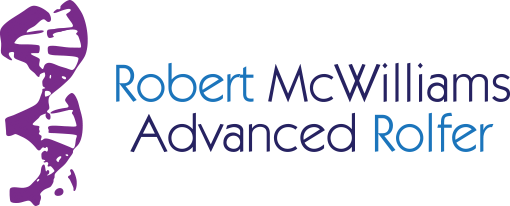Nothing is quite so bothersome to a dancer as sore, dysfunctional feet, especially the big toe. Sadly, nothing is more common! Bunions, especially, can be a problem, to ballet dancers, and to any dancer who emphasizes turnout and relèvés, or who, possibly, has a genetic or learned tendency to develop a bunion. I was sort of all of the above (ballet, modern, genetics), and had the additional problem of having broken my big toe twice, leaving floating bone chips, developing bone spurs between the phalanges ( toe segments) of the toe and between the toe and the metatarsal. Also, neurological damage in my lower back made the great toe and the second toe and dorsal surface of my foot them go numb. The result of this was a very unhappy foot (to say nothing of the hip!) This has improved greatly with time and Rolfing treatment of the toes, ankle, leg and spine.
One thing dancers might not consider: damage to the hinge capacity of the big toe ( hallucis longus) OR walking in constant turned-out position both severely restrict the normal functioning of the gait. When your leg isn’t able to easily “swing back” behind you in your stride, the psoas muscle never stretches in a “normal” way while walking. This is very important for a more relaxed and fluid body and has neurological benefits, such as stimulation of the lumbar plexus. This helps bring on or sustain parasympathetic responses like contentment! So, fixing your bunions won’t just improve your dancing skill and pleasure, it’s good for your overall health!
If you can’t come see me or another qualified Rolfer, treat your bunions by icing them and gentle tissue manipulation and awareness exercises like the following:
1. Try gentle counter-rotations between each phalange, and between the proximal phalange and the metatarsal.
2. Repeat the above, gently emphasizing flexion/extension and abduction/adduction of each toe segment or phalange.
3. In a standing position, put the foot in a parallel side position; anchor yourself from the big toe, and twist away from the extended foot, splaying your toes; actively push through your big toe to rotate your hips and torso away from that foot.
4. From the “splayed” foot position above, with the foot behind, twist against that leg, softening back and down into the lateral heel surface; now push through from the little toe and lateral surface, and use an oppositional twist in your torso to accentuate this stretch.
5. Come back to an internediate position and hinge through the big toe and metatarsal joints; I like to add a full body torsoforward at the waist and hip joints, allowing the lower abdominals and pelvic floor to completely relax; try to maintain the slight “splayed” rotation sense in the toes/metatarsals, spreading the space between big toe and second toe especially.
6. Can’t figure that out? Play around and find ways to push from and then hinge through the big toes that open the space between big and second toes!
7. Seated or standing, try to lift and lower and articlulate between each metatarsal and each cuneiform or “tarsal” bone.
8. Fan the toes up, then lay them down in sequence, starting with the little toe. Pay special attention to fixing the toes in place as you reach the big toe in and away from the other toes. Fix the big toe in place and reach the little toe away from the big toe, in order to start this exercise again. Keep working on this until it gets easier to feel the balance of work between the abductor hallucis and adductor hallucis.
People suffering from bunions ( like me!) need to tonify and re-pattern movement in these muscles and related areas, ranging from the sling-like supporting action of tibialis posterior in combination with fibularis( aka peroneous)brevis and longus to the stirrup-like support from tibialis anterior and fibularis longus.
Want more info? Please email me at robmcwilliams@mac.com, and I’ll be happy to reply and dialogue with you about this and related topics.
Thanks!!

Rob: This is really helpful I am a student at the Rolf Institute. Did Unit 1 in June/July and going back for Unit 2 in April. My wife has serious bunions, and I don’t want to wait till I’ve been through Unit 2 to being working with her. Working the sling and stirrup looks like a great place to start. Any advice or additional information you can send would be appreciated. Dick Paterson
I am really thankful to this topic because it really gives great information ‘;’
I got what you mean , thankyou for putting up.Woh I am glad to find this website through google.
thanks alot : ) I’ve been plagued by plantar for the last day this website – plantar fasciitis night splint has been really good. hi and thanks